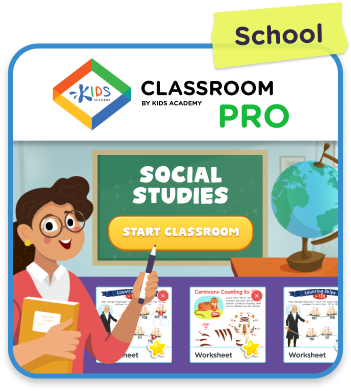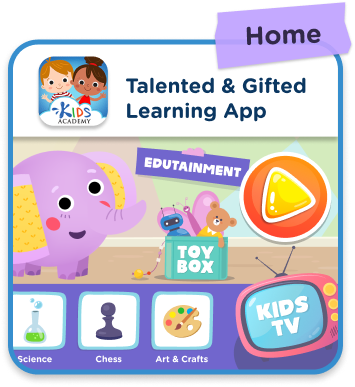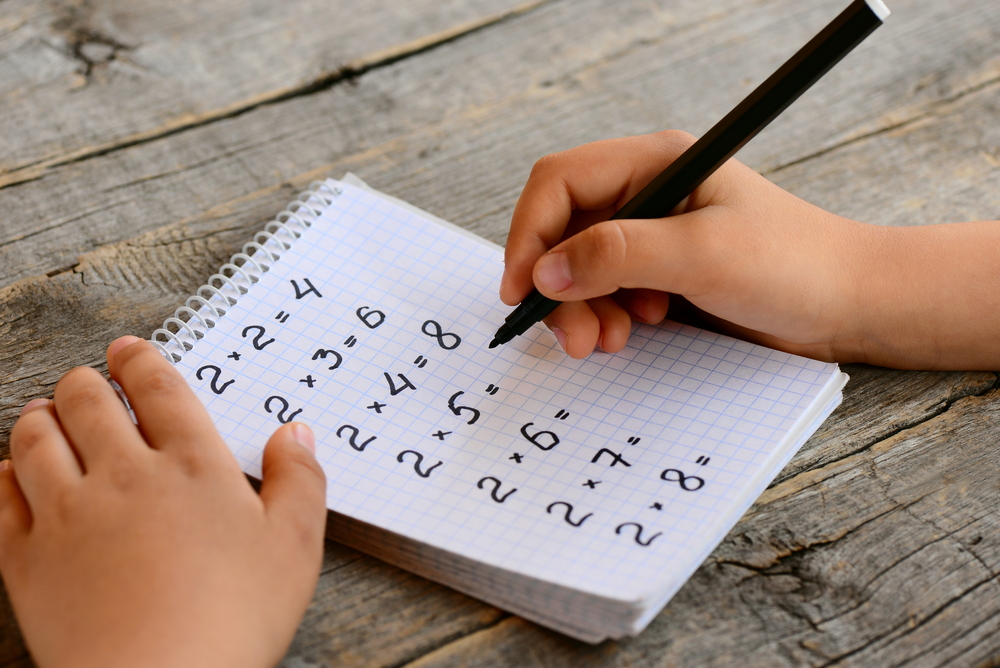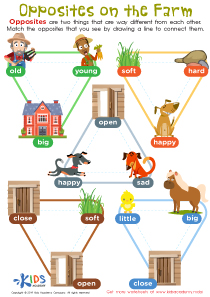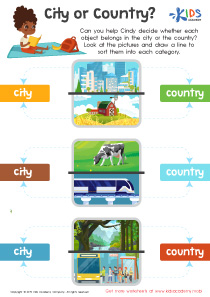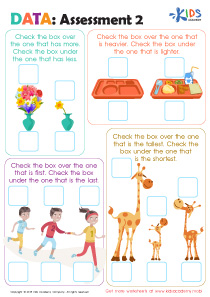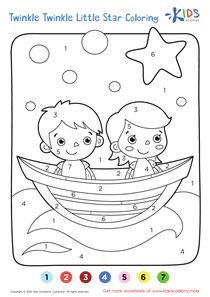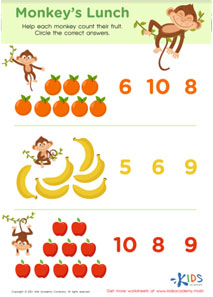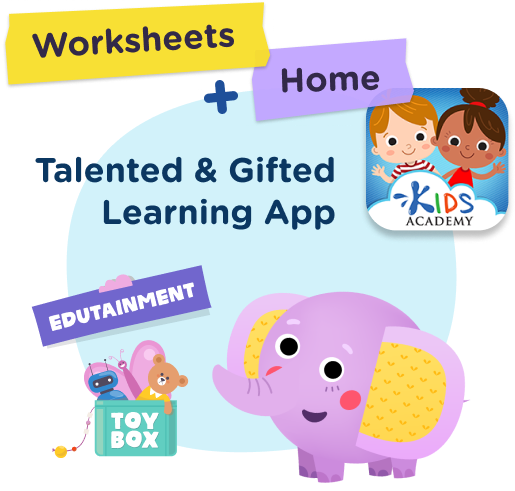Reading clocks Time Worksheets
3 filtered results
-
From - To
Unlock the joy of learning time with our "Reading Clocks Time Worksheets"! Designed for early learners, these engaging worksheets help children master the essentials of reading analog and digital clocks. Our resources feature interactive activities that encourage kids to identify hours, minutes, and understand the concept of elapsed time. With colorful visuals and approachable exercises, students will boost their confidence in telling time. Ideal for classroom use or at-home practice, these worksheets create a fun and educational experience. Help your child develop crucial math skills while exploring the world of time—download our free printable worksheets today!
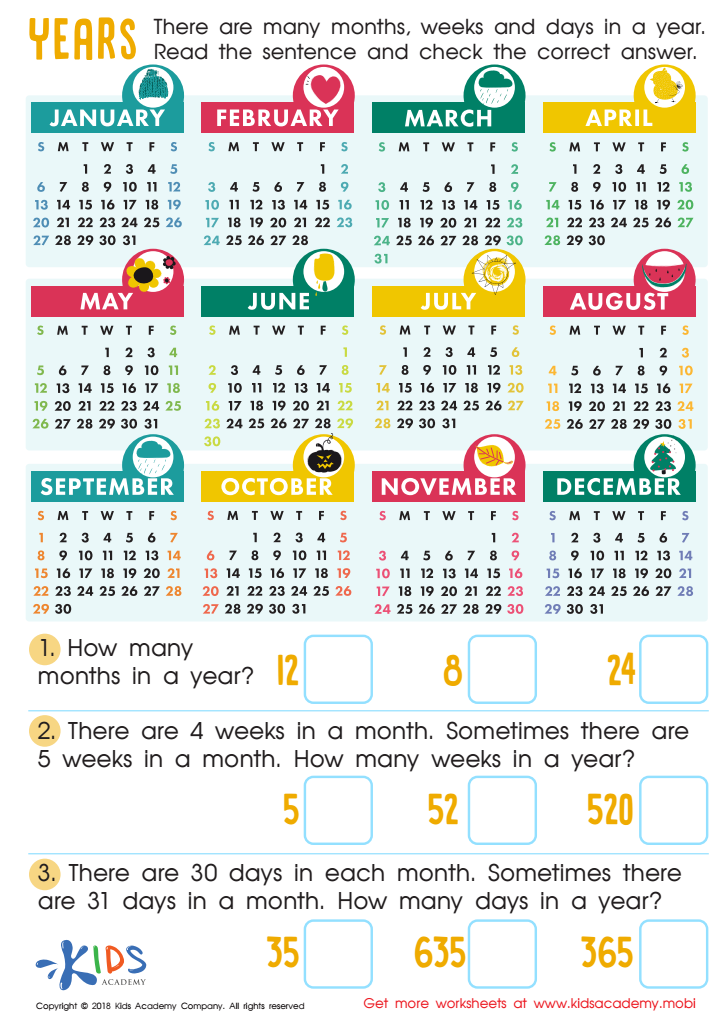

Years Worksheet
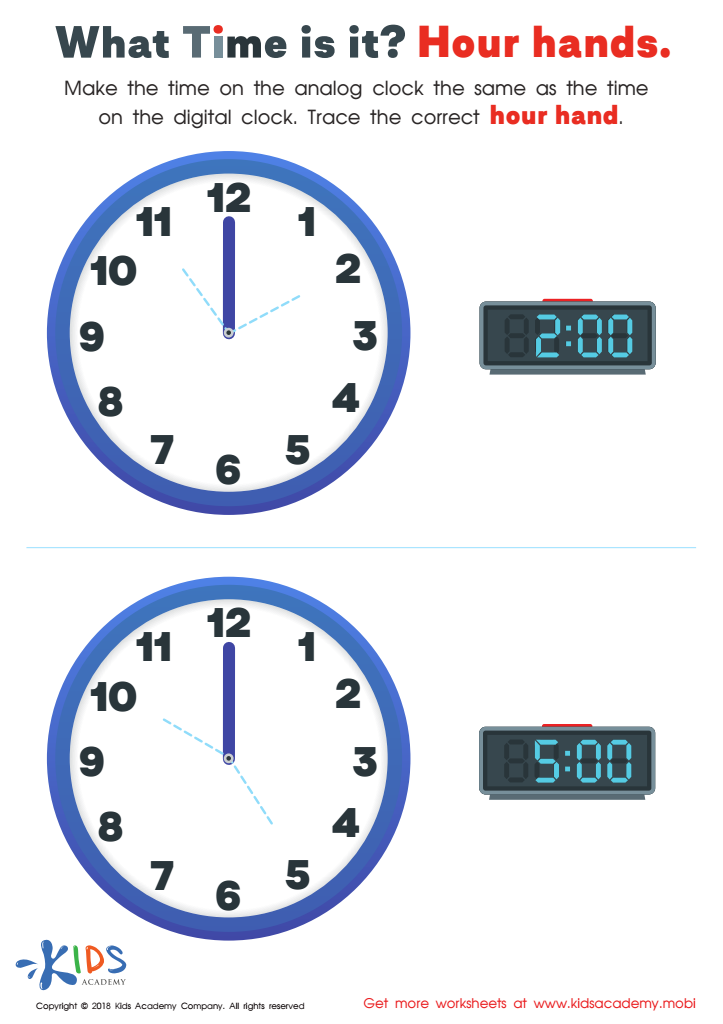

What Time Is it? Hour Hands Worksheet
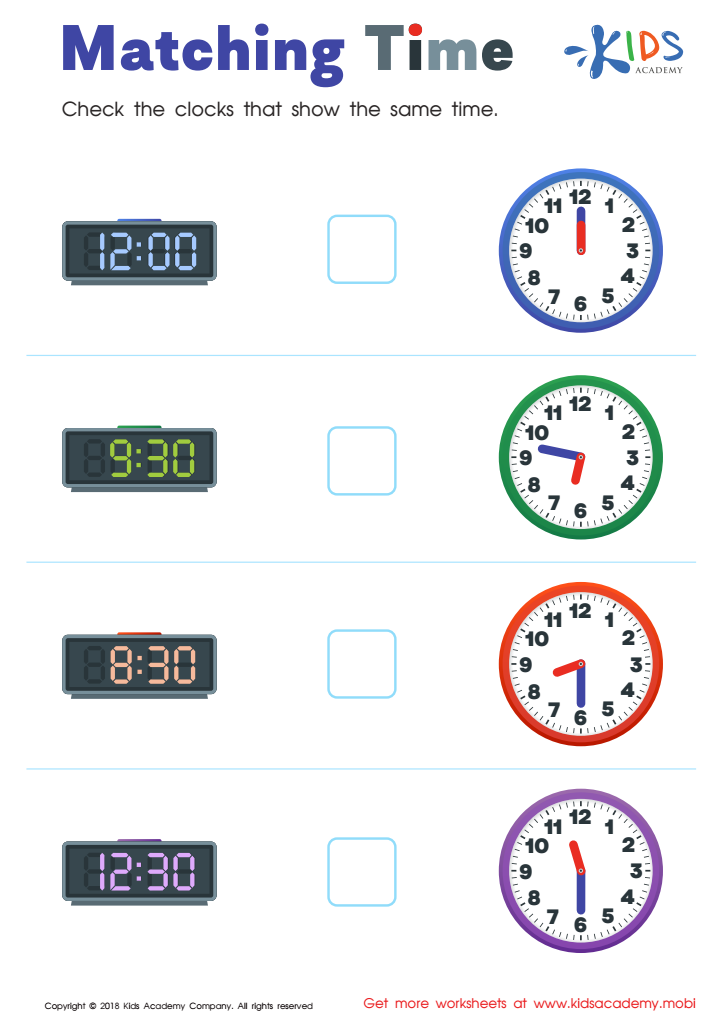

Matching Time Worksheet
Understanding how to read clocks and tell time is an essential skill that holds significant importance for children. First, it fosters a sense of independence, equipping them to manage their own schedules and responsibilities. When children can tell time, they learn to navigate daily routines, from knowing when to get ready for school to managing homework time and playtime effectively.
Moreover, learning to read clocks enhances mathematical skills, as it involves counting by fives and understanding fractions. It lays the foundation for more complex math concepts in later years. Additionally, the ability to tell time develops critical life skills that ensure children can engage in social activities, appointments, and responsibilities without relying on others.
For parents and teachers, teaching children how to read both analog and digital clocks offers opportunities for engaging lessons and activities that reinforce time concepts. Not only does this contribute to academic success, but it also cultivates discipline and organizational skills. Furthermore, as technology increasingly influences daily life, clear understanding of time management remains pivotal. Therefore, parents and teachers play a crucial role in guiding children in mastering the art of reading clocks, a key competency in navigating life's journey.

 Assign to My Students
Assign to My Students
